A Bright Light at a Dark Time: The WPA Handicraft Project
One unusual piece in our December 2016 auction of Art, Press & Illustrated Books was a six-volume folio of textiles designed and produced by the WPA Handicraft Project in Milwaukee, Wisconsin.
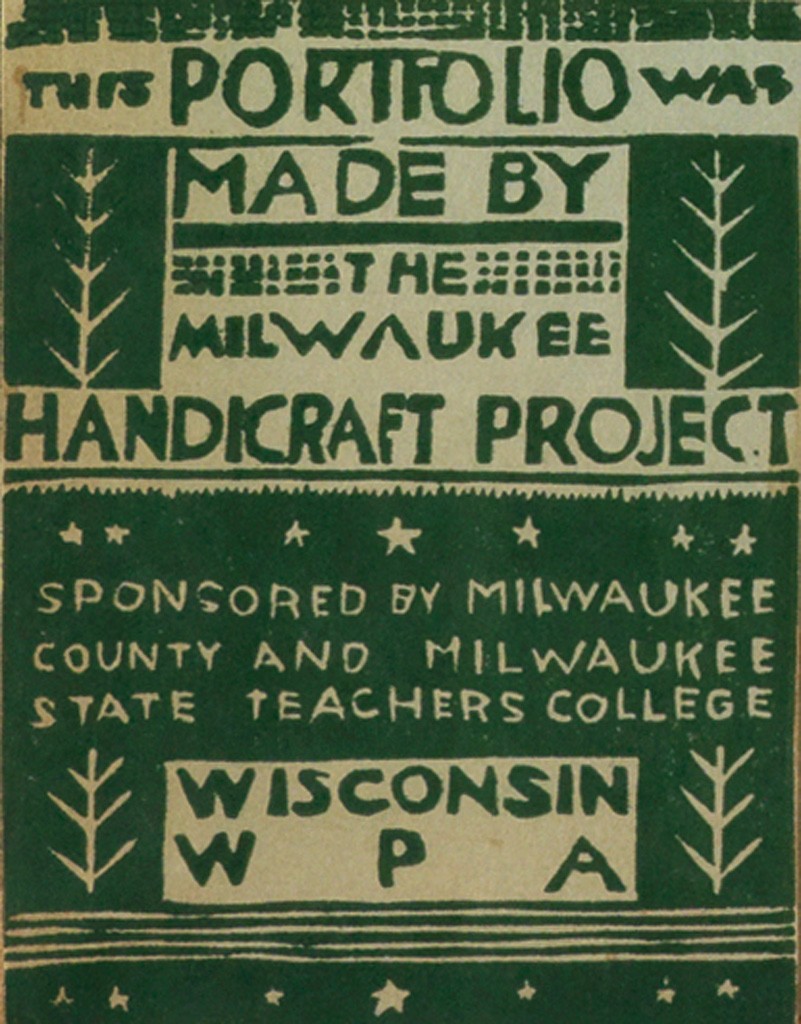
The Milwaukee WPA (Works Progress Administration) Handicraft Project focused on employing and teaching unskilled women during the Depression to support themselves and their families. The efforts were organized by professor Elsa Ulbricht of the University of Wisconsin – Madison and one of her students, Mary June Kellogg Rice. They had planned to give lessons to about 250 women, but within three weeks over 900 people came to work.
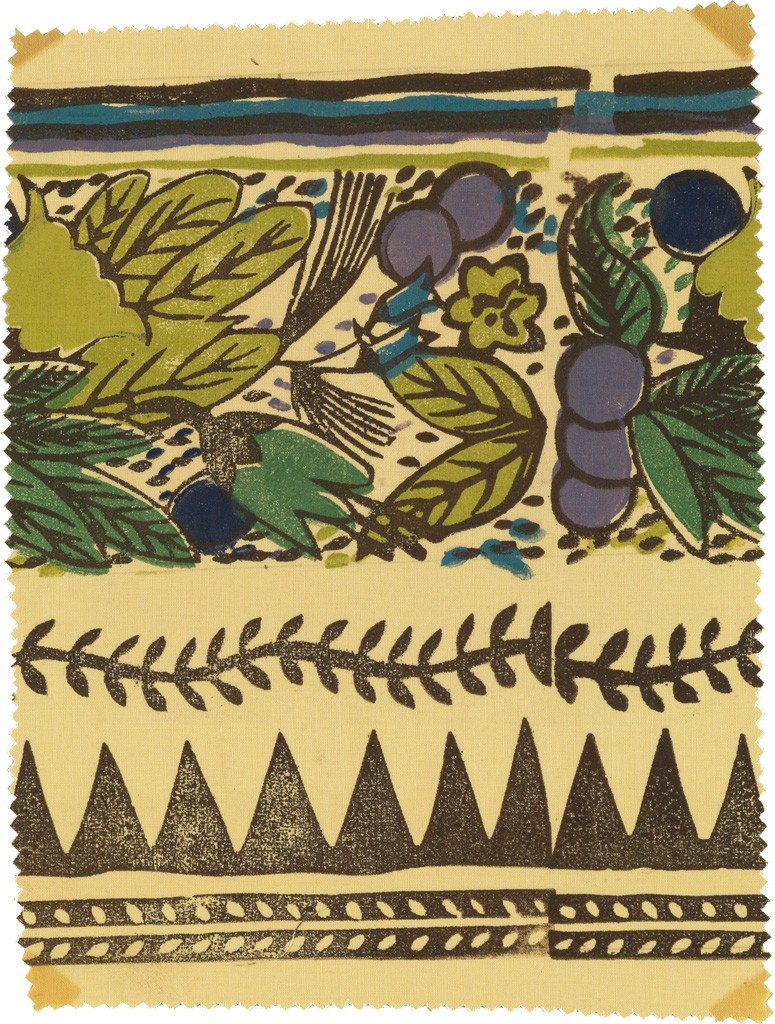
Unique Assemblages of Samples
Recent education graduates from the university who couldn’t find employment were hired to teach the students of the Handicraft Project. Samples of fabric designed, printed and produced by the women were compiled into portfolios to advertise their work. As the plate count in each known set differs, it is assumed that each was a unique assemblage of samples.
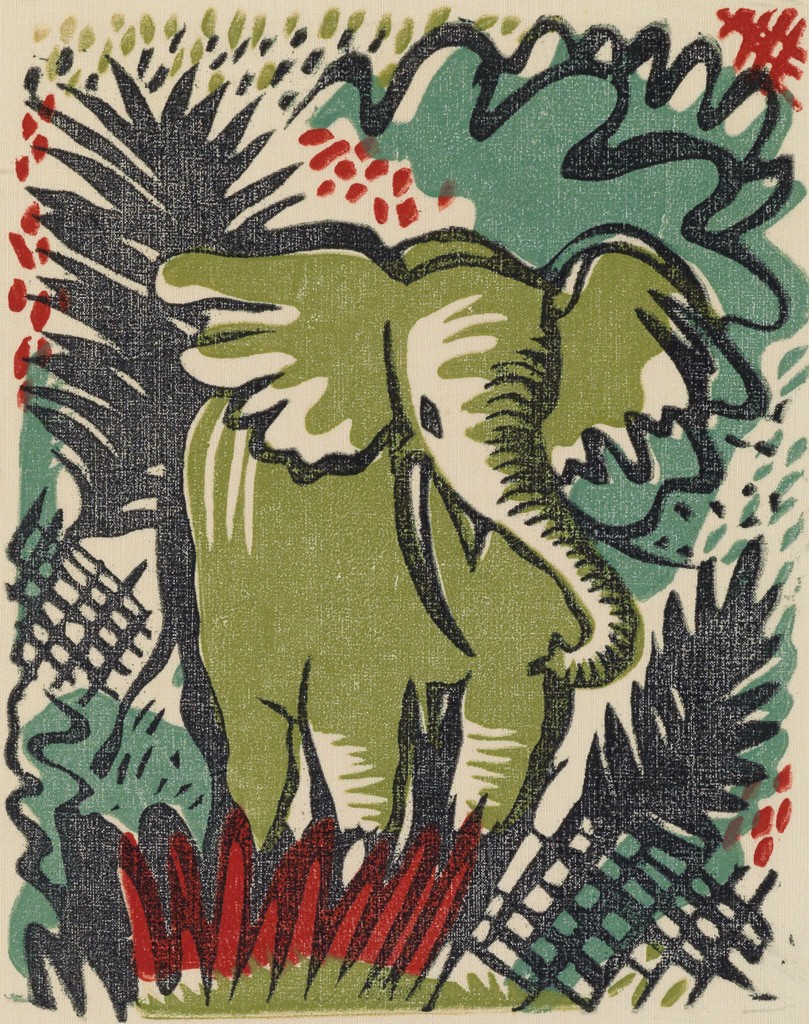
“The project that made Milwaukee famous.”
Orders came in from all over the country, allowing the Handicraft Project to continue operation and hire more workers. While the program was intended to benefit women, men joined as well. More than 5,000 men and women participated between 1935 and ’43. It was hugely successful and in 1944 the Milwaukee Journal called it “the project that made Milwaukee famous.”
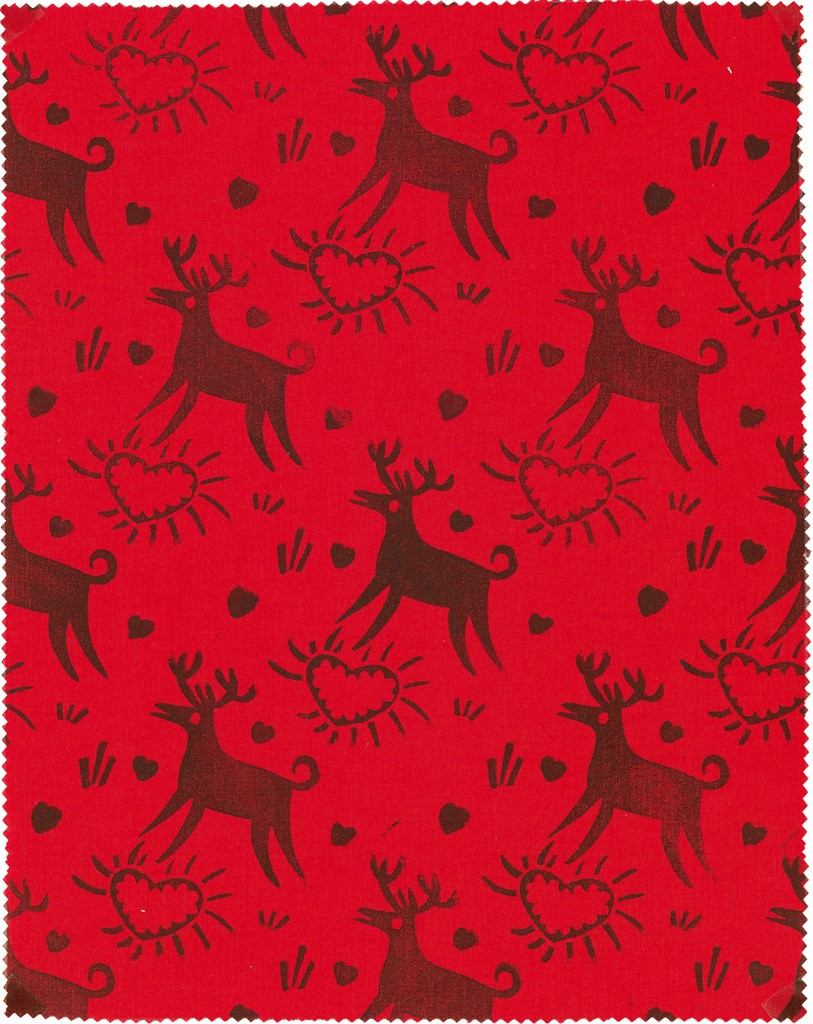
Making the Difference
The set of six volumes that was offered in our December 2016 Art, Press & Illustrated Books catalogue was created by hand and previously in the collection of the Kansas City Public Library. The stamp of the University of Wisconsin-Madison was on the verso of each page. These colorful little fabric samples were the result of a project that meant the difference between life and death for thousands of people during the Depression.
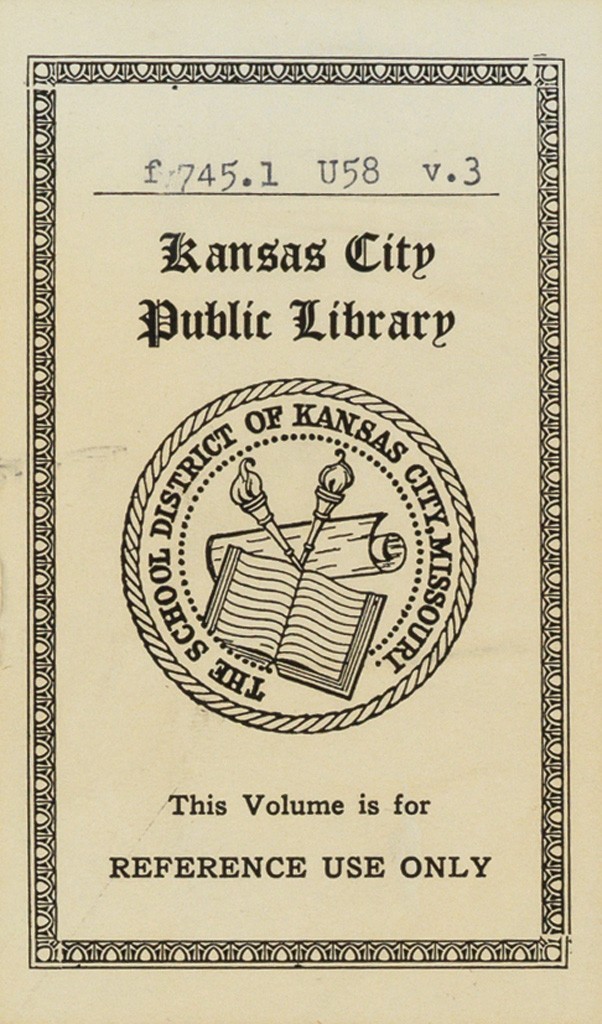
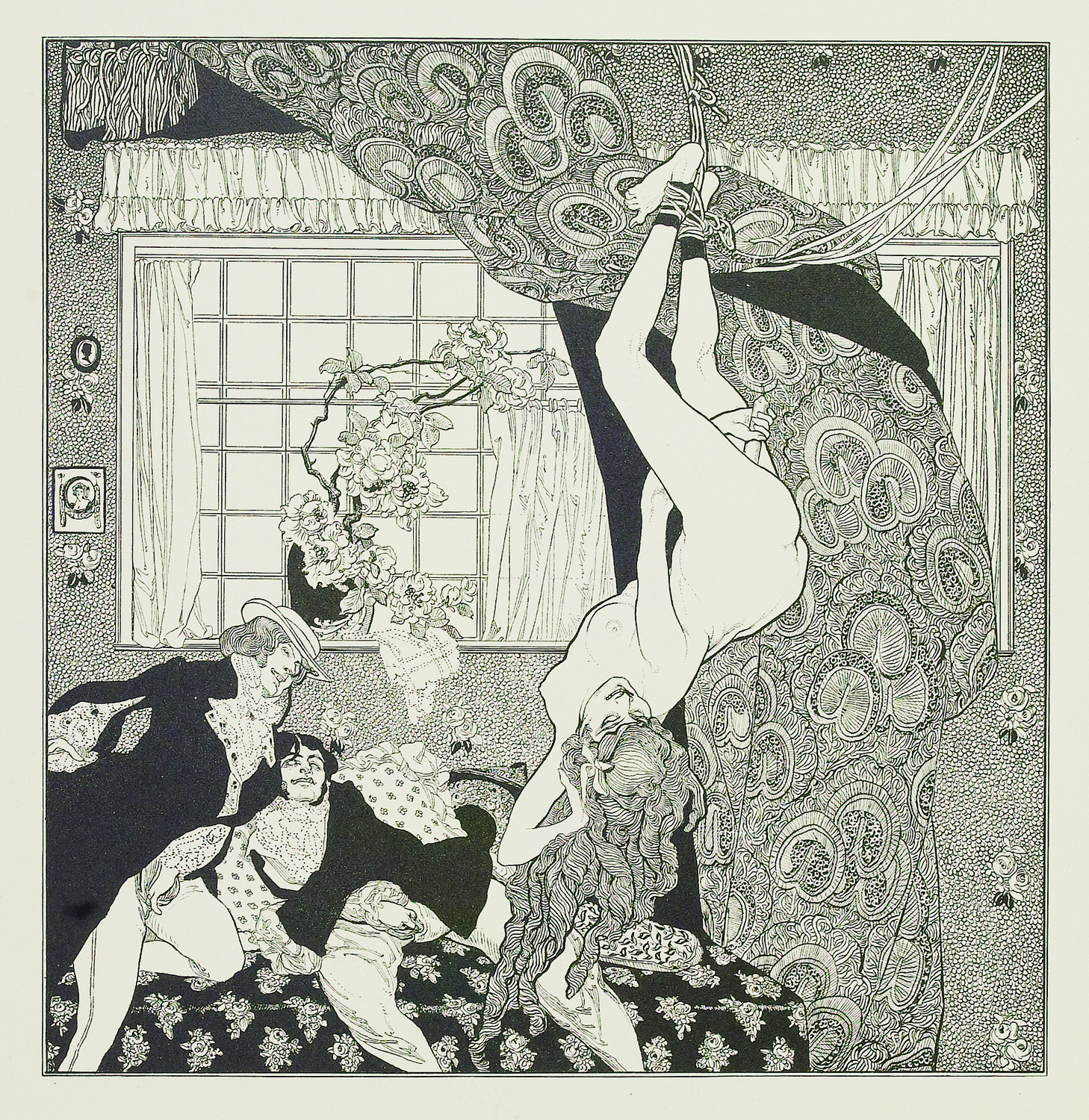
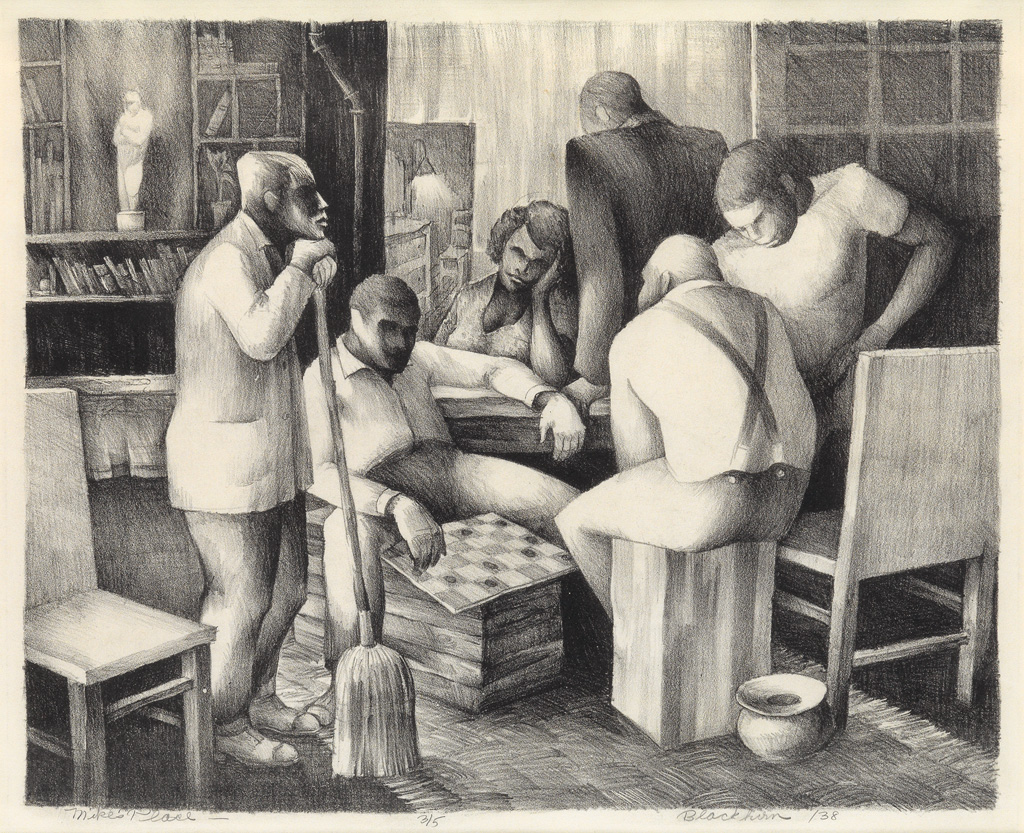










![Grace Meschery-McCormack shares about two copies of Fernando de Rojas’s ‘La Célestine,’ including a limited edition copy illustrated by Pablo Picasso.
At auction April 22. Learn more about the works at the link in our bio.
#Rarebooks #rarebookdealer #antiquarianbooks #auctions
_______________________________________
Music Credit:
Schubert - Piano Quintet in A major ‘The Trout’, D. 667 - IV. Andantino – Allegretto
Music provided by Classical Music Copyright Free on Youtube [https://tinyurl.com/visit-cmcf]
Watch: • Schubert - Piano Quintet in A major ‘...]](https://scontent-iad3-1.cdninstagram.com/v/t51.75761-15/491443494_18499096345036585_5935932878956098058_n.jpg?stp=dst-jpg_e35_tt6&_nc_cat=107&ccb=7-5&_nc_sid=18de74&_nc_ohc=OlBShB8qEWAQ7kNvwHbrXqd&_nc_oc=Adn09Fh3YL-11OkpQcrYGgFN9beLpm0IfGUn2bwN7iJs6d4v8qMeP8kSYmCw82y2ewU&_nc_zt=23&_nc_ht=scontent-iad3-1.cdninstagram.com&edm=AM6HXa8EAAAA&_nc_gid=tAw7REYwZZLTJH2gYFDRIA&oh=00_AfFntE5BpdhgoGI95lZi2PLq4mMH4VrDzFOq34kH3ACHug&oe=681B8F91)




